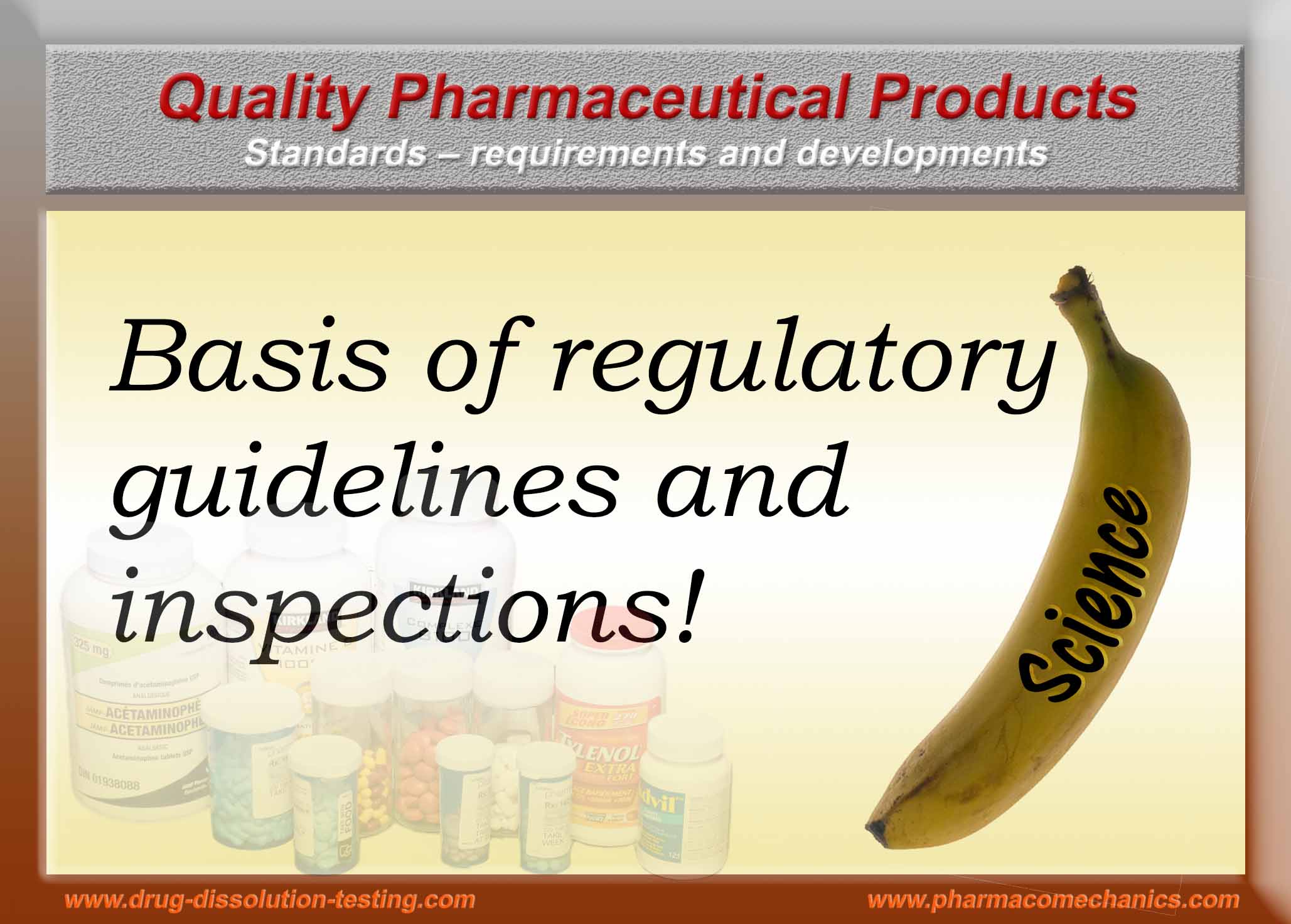
Link for further information (1)

Link for further information (1)
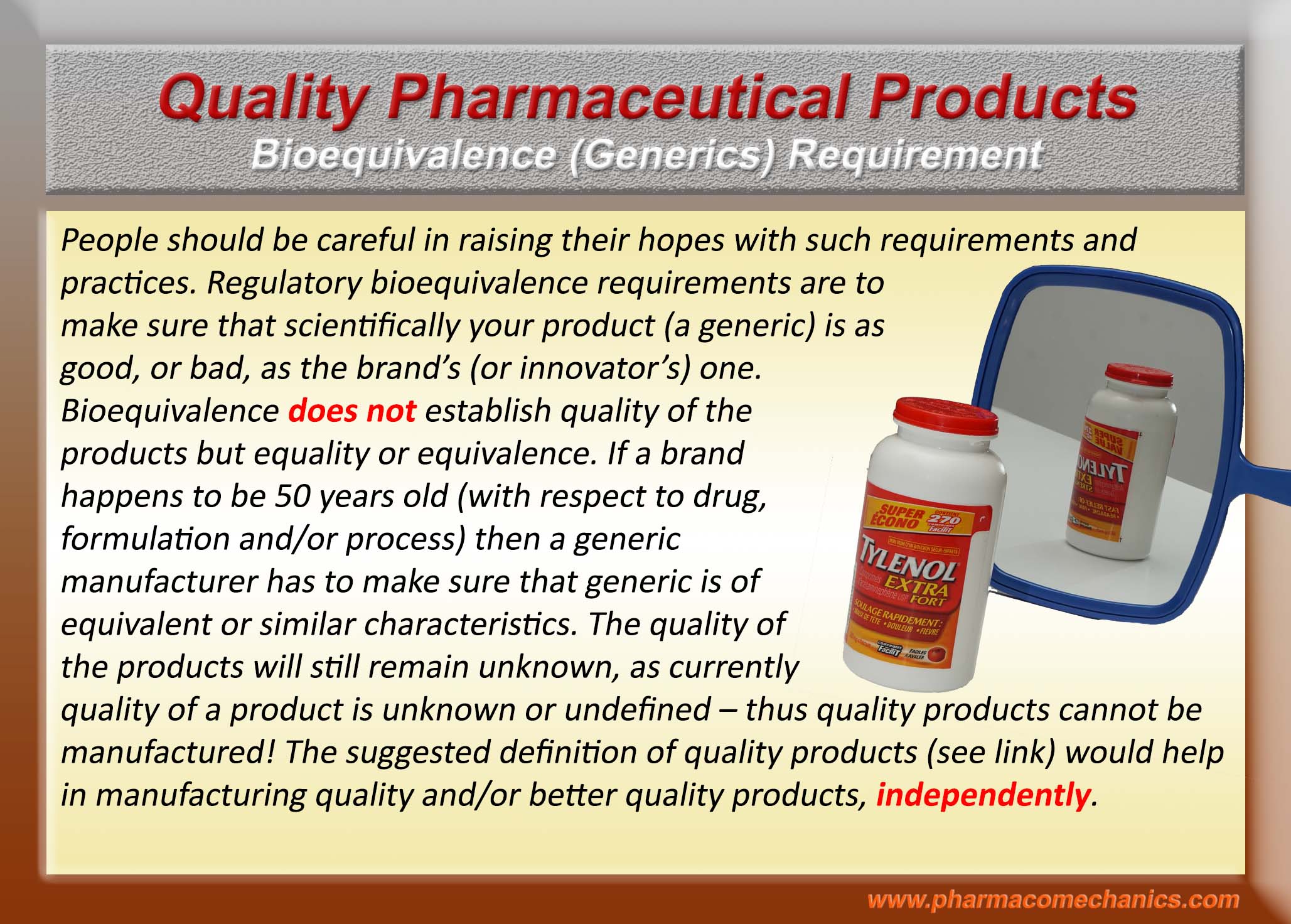
Some links for relevant discussion (1)
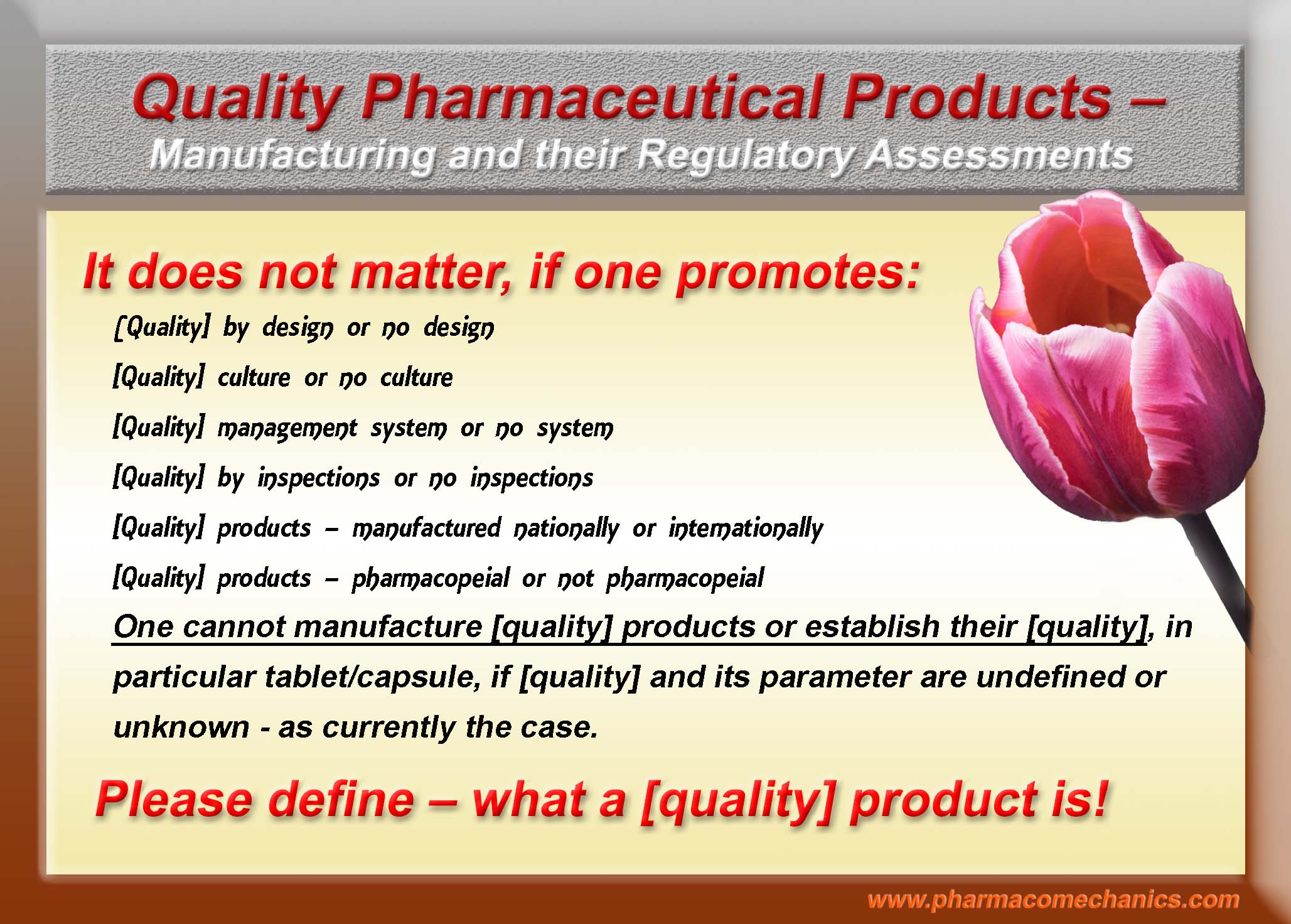
Some links for relevant discussion (1)
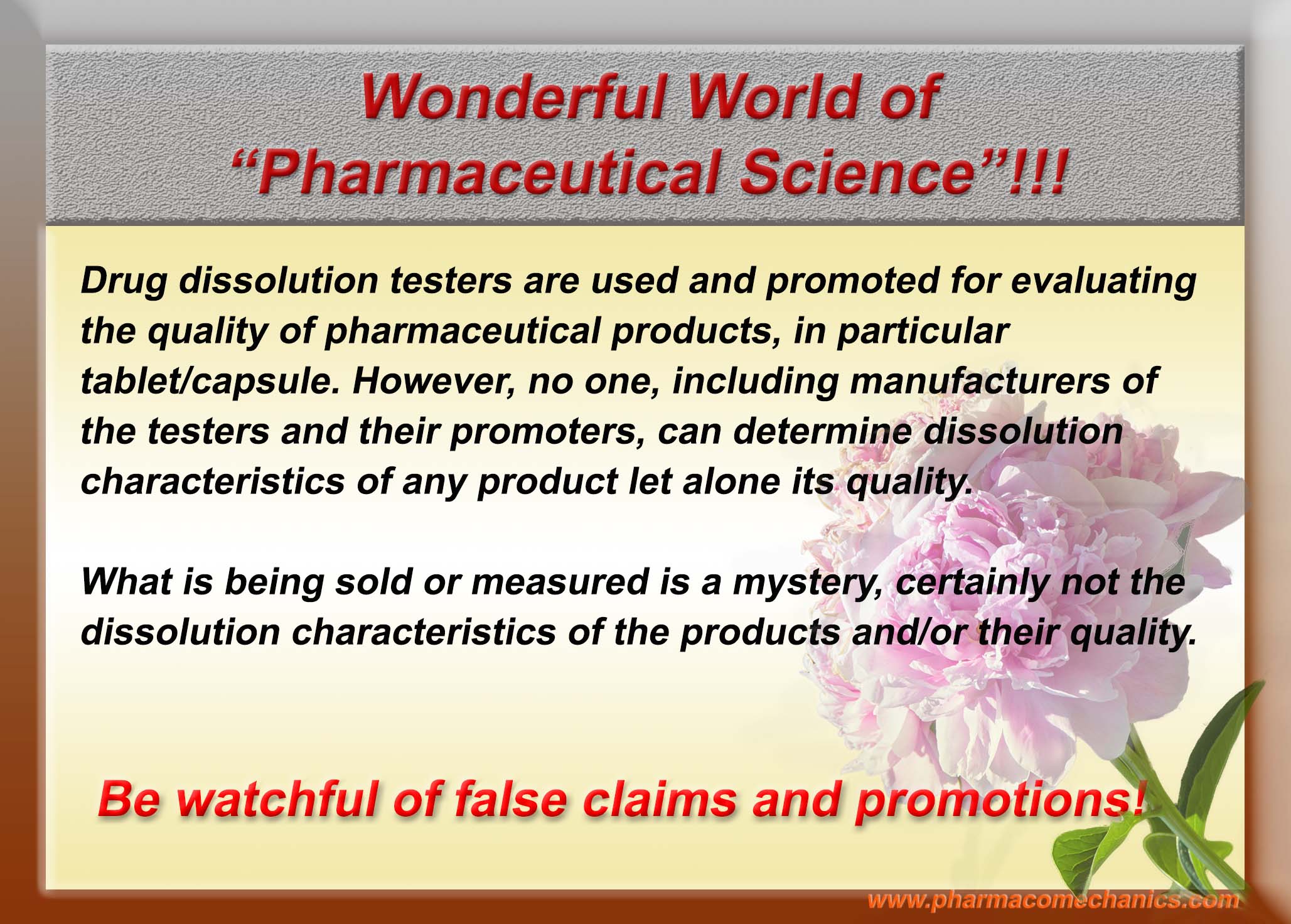
Some links for relevant discussion (1)
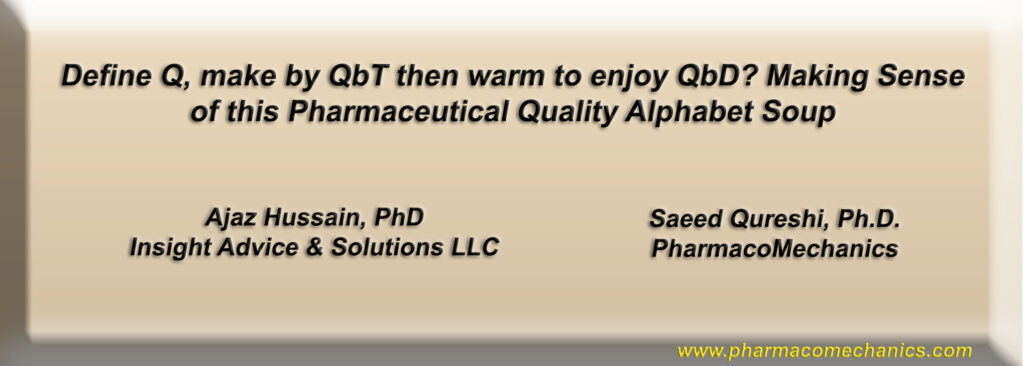
As a follow-up to a discussion on LinkedIn Form (link) and my previous posting on this site (link), posted here is an agreed-upon version (document) of our debate and views (link). I hope visitors to this blog will find this discussion useful for their purpose and scientific advancement in general.
Please, feel free to share your comments or views by sending these to me at (moderator@drug-dissolution-testing.com) or on the LinkedIn Forum of your choice.
Regards
Saeed Qureshi, Ph.D.
moderator@drug-dissolution-testing.com

A copy of the presentation (slides) is attached (link). If you have any comments and/or questions, please do not hesitate to contact/write me at moderator@drug-dissolution-testing.com